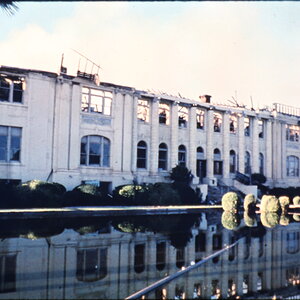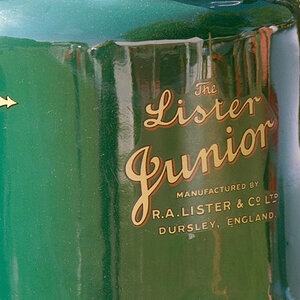duelinthedeep
TPF Noob!
i cant quite understand what you said.......kinda slower than usual, sorry.
i just want to be able to develop print,b&w and slide film so i can use the negatives to scan into a computer. my question is, for instance, if i just finished developing a b&w(non c-41)would i be able to pop a slide film in the tank and use the same developer and wait the same amount of time to develop it properly???
dont know if thats very clear.....i'm confusing myself.
i just want to be able to develop print,b&w and slide film so i can use the negatives to scan into a computer. my question is, for instance, if i just finished developing a b&w(non c-41)would i be able to pop a slide film in the tank and use the same developer and wait the same amount of time to develop it properly???
dont know if thats very clear.....i'm confusing myself.


![[No title]](/data/xfmg/thumbnail/30/30990-df3df397f705643bc2c207cc9d579d08.jpg?1619734554)


![[No title]](/data/xfmg/thumbnail/42/42267-2fff585000110a96fd9ac3ff09cceb95.jpg?1619740076)


![[No title]](/data/xfmg/thumbnail/39/39291-a89dc472765e04f66f617dd9acc8030d.jpg?1619738958)

![[No title]](/data/xfmg/thumbnail/32/32630-d78de94d84be2acf57d5e0923482b4da.jpg?1619735552)
![[No title]](/data/xfmg/thumbnail/39/39293-55a527d2a9b287bf5e5b6d118abab22c.jpg?1619738958)

![[No title]](/data/xfmg/thumbnail/30/30988-aef3845b94a67d6dcce6e4e59d5d66c3.jpg?1619734553)